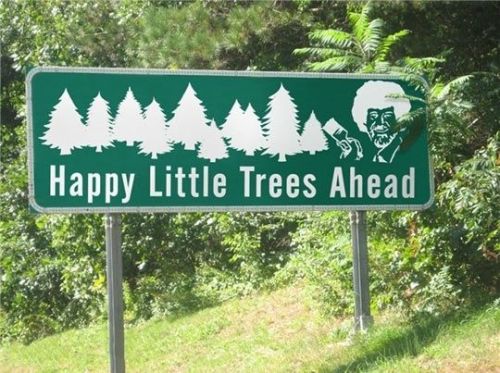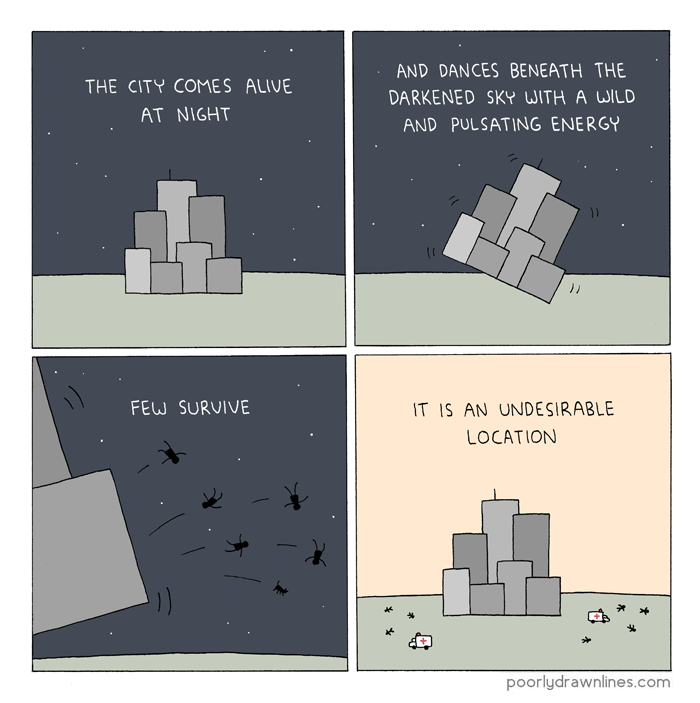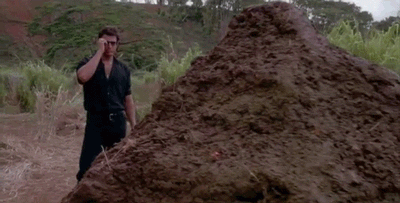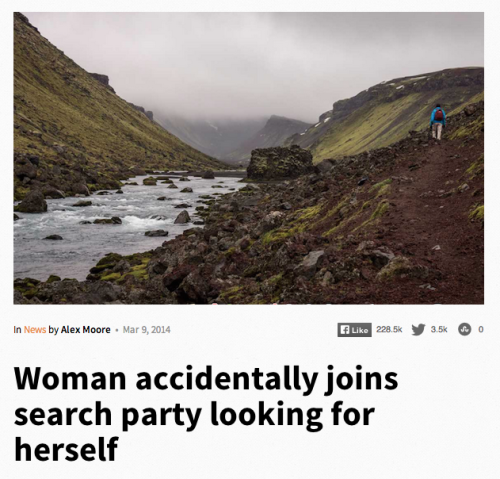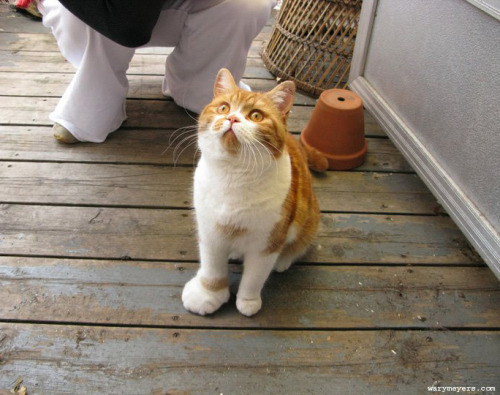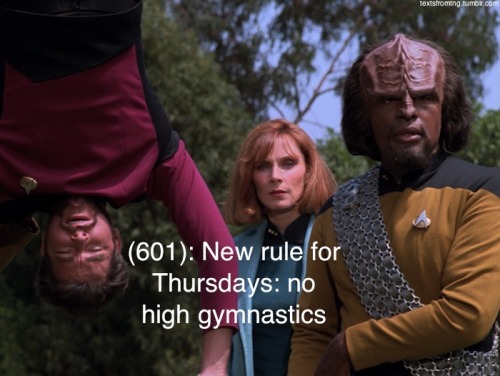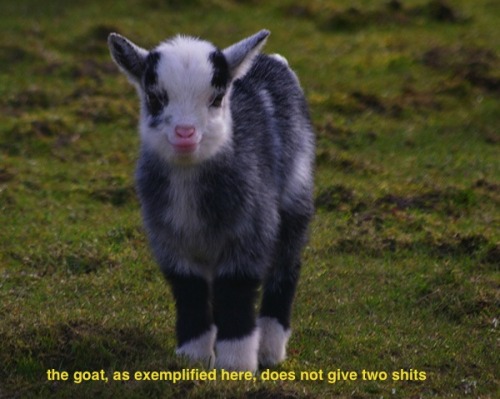Miscellaneous thoughts on politics, people, math, science and other cool (if sometimes frustrating) stuff from somewhere near my favorite coffee shop.
Saturday, March 22, 2014
Saturd80's: Urgh! Edition
"Urgh! A Music War" was released in 1982; I saw it in the theater shortly afterward. The following are a few of my favorite clips, and I think I may post another three next Saturday. OMD, Enola Gay:
Gary Numan, Down in the Park:
XTC, Respectable Street:
Geo 730: March 22, Day 446: Old Perpetual... Not
Three years ago, I posted a piece titled "Oregon's Geyser Geysing Again," then (presciently, in retrospect) followed with the first line, "...though maybe not for long." "Old Perpetual" was the initial impetus for this whole trip, and when we arrived, it was no longer active. Hunter Hot Springs is still a point of interest, but it was rather disappointing that the star of the stage was a no-show. On the other hand, it was a good excuse to go see some of the great geology in Oregon's southeast quadrant, an area that very few ever bother to explore, to their loss. See this post for just a few of the features in the area, some of which we visited, and others which we didn't get to. In the FlashEarth view, the mouth of the geyser is the small white dot in the upper left (northwest) of the northern pool.
Photo unmodified. August 19, 2011. FlashEarth Location.
Photo unmodified. August 19, 2011. FlashEarth Location.
Friday, March 21, 2014
Geo 730: March 21, Day 445: Wanton Water Waste
We had actually started August 19, 2011, the most recent sequence, out of Klamath Falls, Oregon. It was a couple hours' drive to Lakeview, which partially explains why the end of the day got clipped so badly. I had hoped to spend the previous night in Lakeview. But driving out of K-falls, I was aghast at all the water going into the air. The Klamath Basin proper gets limited precipitation, though more than drier areas farther east, but quite a bit of runoff from (especially, but not only) winter snowpacks in the southern Cascades. That water serves many needs, from residential (trivial in the grand scheme), industrial (I suspect likewise, in this region), agricultural (enormous), and last but not least, providing enough flow in the Klamath River to support its rich native fish populations, especially salmon. The US has (suppposedly) binding treaties with the Klamath Indians committing to supply enough water to support healthy salmon runs.
To realize just how much of that water is spewed into the rapidly warming mid-morning air was a bit of a shock. The realization that most of it was to irrigate fodder for cattle, which themselves consumes vast quantities of water, was almost angering.
Photo unmodified. August 19, 2011. FlashEarth Location (approximate).
To realize just how much of that water is spewed into the rapidly warming mid-morning air was a bit of a shock. The realization that most of it was to irrigate fodder for cattle, which themselves consumes vast quantities of water, was almost angering.
Photo unmodified. August 19, 2011. FlashEarth Location (approximate).
Thursday, March 20, 2014
Geo 730: March 20, Day 444: Around Virgin Valley
A final shot of the warm pool. A group that I believe calls itself "Friends of Virgin Valley" (I can't find any info about them on the net) has taken a fantastic role of maintenance and restoration here. From rebuilding and mortaring the shower house and wall around the pool, to clearing algae from the pond, installing the fence, sidewalk and benches, these good folks have used their own sweat and private donations to restore an installation that was on the verge of utterly falling apart in the late 80's.
I mentioned Thousand Creek Canyon in passing yesterday, and I want to spend some time on it simply because it doesn't seem to be a widely known feature that is quite spectacular in several ways. It's a narrow, vertically walled cut, mostly into very competent rhyolite similar to the outcrop to the west along 140 (See March 11- March 17). The sheerness of the walls combined with the narrowness of the gorge, flatness of the floor, it's more-or-less east/west orientation, and apparently year-round water flow (though very low at times), all work together to create a lush, cool, and verdant microclimate that one doesn't expect at all in the midst of this arid land. It's like a lawn, in places. Though Sharkey originally took us in to look at a contact between two rhyolite flows, I've long forgotten exactly where that spot is, or what made it notable. Normally when I've visited the spot with others, it's more out of ecological interest than geological. And sightseeing... it's utterly beautiful!
Getting into it is a bit problematic; the mouth is clogged with small willows, brush and beaver dams, and it's been different every time I've been there. There are pretty clearly occasional large flow events, which rearrange the entrance and deposit woody debris at surprising heights above the canyon floor- 15 to 20 feet. At any rate, the first bit is tangled and slow going, but keep pushing toward the north side of the canyon. There, turn into the canyon, and follow the rudimentary path. Once you reach the more vegetated areas, the path disappears and reappears as options to spread out are available or not. I know some people have pushed all the way through to the far end, but I'd guess I've been no more than a mile or so into it. It does get rugged. But it's an amazing thing to experience. In this FlashEarth view, you can see the entire canyon, with the downstream end of the canyon under the crosshairs, and a sweet bit of inverted topography at Railroad Butte. This is a spot where a basalt flow followed a drainage, making the infilled, lower area more resistant to subsequent erosion. This in turn caused the originally low area to remain high while the originally higher ground around it has eroded down- effectively inverting the topography.
Photo unmodified. August 19, 2011. FlashEarth Location.
I mentioned Thousand Creek Canyon in passing yesterday, and I want to spend some time on it simply because it doesn't seem to be a widely known feature that is quite spectacular in several ways. It's a narrow, vertically walled cut, mostly into very competent rhyolite similar to the outcrop to the west along 140 (See March 11- March 17). The sheerness of the walls combined with the narrowness of the gorge, flatness of the floor, it's more-or-less east/west orientation, and apparently year-round water flow (though very low at times), all work together to create a lush, cool, and verdant microclimate that one doesn't expect at all in the midst of this arid land. It's like a lawn, in places. Though Sharkey originally took us in to look at a contact between two rhyolite flows, I've long forgotten exactly where that spot is, or what made it notable. Normally when I've visited the spot with others, it's more out of ecological interest than geological. And sightseeing... it's utterly beautiful!
Getting into it is a bit problematic; the mouth is clogged with small willows, brush and beaver dams, and it's been different every time I've been there. There are pretty clearly occasional large flow events, which rearrange the entrance and deposit woody debris at surprising heights above the canyon floor- 15 to 20 feet. At any rate, the first bit is tangled and slow going, but keep pushing toward the north side of the canyon. There, turn into the canyon, and follow the rudimentary path. Once you reach the more vegetated areas, the path disappears and reappears as options to spread out are available or not. I know some people have pushed all the way through to the far end, but I'd guess I've been no more than a mile or so into it. It does get rugged. But it's an amazing thing to experience. In this FlashEarth view, you can see the entire canyon, with the downstream end of the canyon under the crosshairs, and a sweet bit of inverted topography at Railroad Butte. This is a spot where a basalt flow followed a drainage, making the infilled, lower area more resistant to subsequent erosion. This in turn caused the originally low area to remain high while the originally higher ground around it has eroded down- effectively inverting the topography.
Photo unmodified. August 19, 2011. FlashEarth Location.
Wednesday, March 19, 2014
Geo 730: March 19, Day 443: Eternal Shower
The shower house at the Virgin Valley Campground is a kick. Anyone who's done desert camping knows how the scarcity of water can lead to, shall we say, some sticky (and stinky) situations. Personal hygiene with a shortage of water is not trivial. Often one ends up paying for a metered shower which gets one enough time to lather up, then paying again to rinse off. Or else what amounts to a rinse in some natural source of water that one doesn't want to contaminate with soap/shampoo. This location was a CCC camp where I imagine a fair number of young men (though I have no clue just how many) were doing hard labor under the hot desert sun; you know they weren't going to be happy about staying unwashed for any significant amount of time.
The solution? Shove pipes down into the same warm aquifer that feeds the pool. Yes, it's tepid, lukewarm at best, and the flow isn't large, but this shower house has a pair of heads that run literally continuously. As in all the time. Forever (in human terms). It's a real pleasure to stay in a free desert campground to begin with; add an eternal shower, (not to mention the warm pool) and I'm practically drooling. Also, note to the right of the "Do Not Wash Vehicles" sign, on the back side of the concrete pad, is a standing spigot. This taps into the same aquifer, so the water is lukewarm. I've mentioned before that it's a good idea to carry plenty of water when you're toddling around in arid environments; it's also a good idea to know where sources of safe water are available. This is one. When I've camped here, I've made a point of topping off our containers before leaving.
As best as I can tell, the CCC operation that created this camp- and undoubtedly the shower house and improvements to the spring- was a quarrying and stone working operation. If you enlarge the picture and look carefully at the blocks making up the walls of the building, you will see they're made of an attractive, pink, nicely laminated tuffaceous siltstone. You'll find similar rock in buildings throughout the region, and I suspect this location is the source of all of it. I've only been to the spot once, out of the maybe fifteen times I've visited the area, but the quarry is here, a couple miles north of the camp. I'm not sure whether it's okay to visit; the cabled-off gate doesn't make it clear whether the road is simply closed to vehicles, or to pedestrians as well. We walked in, and some of the equipment from the operation- very rusted and nonfunctional- was still present at the time (this would've been late 80's). One could get a pretty good idea of how the dimension stone was carved out and removed. In addition, the overburden of the target stone was full of rounded obsidian clasts, as we saw in the road gravel at the rhyolite outcrop. However, it was clear from the disuse that this spot is not the source of gravel used on current roads. Should you visit the quarry, treat it as an archeological site, because that's what it is. Don't mess with, break, or remove any artifacts, and don't leave anything behind. It's a fascinating spot that records a brief period of US history, and along with the campground and other structures, is a part of our collective heritage.
Backing out a bit, and putting everything into perspective, this is the layout of the area. I'll discuss Thousand Creek Canyon, which looks to me like an antecedent stream carved into a horst block, tomorrow. And a final note: Despite there being one shown, the road goes from the camp up to the mouth of the canyon, but does NOT cross the stream. And the road segment between the quarry area (which is close to the refuge headquarters) and the mouth of the canyon is closed off.
Photo unmodified. August 19, 2011. FlashEarth Location.
The solution? Shove pipes down into the same warm aquifer that feeds the pool. Yes, it's tepid, lukewarm at best, and the flow isn't large, but this shower house has a pair of heads that run literally continuously. As in all the time. Forever (in human terms). It's a real pleasure to stay in a free desert campground to begin with; add an eternal shower, (not to mention the warm pool) and I'm practically drooling. Also, note to the right of the "Do Not Wash Vehicles" sign, on the back side of the concrete pad, is a standing spigot. This taps into the same aquifer, so the water is lukewarm. I've mentioned before that it's a good idea to carry plenty of water when you're toddling around in arid environments; it's also a good idea to know where sources of safe water are available. This is one. When I've camped here, I've made a point of topping off our containers before leaving.
As best as I can tell, the CCC operation that created this camp- and undoubtedly the shower house and improvements to the spring- was a quarrying and stone working operation. If you enlarge the picture and look carefully at the blocks making up the walls of the building, you will see they're made of an attractive, pink, nicely laminated tuffaceous siltstone. You'll find similar rock in buildings throughout the region, and I suspect this location is the source of all of it. I've only been to the spot once, out of the maybe fifteen times I've visited the area, but the quarry is here, a couple miles north of the camp. I'm not sure whether it's okay to visit; the cabled-off gate doesn't make it clear whether the road is simply closed to vehicles, or to pedestrians as well. We walked in, and some of the equipment from the operation- very rusted and nonfunctional- was still present at the time (this would've been late 80's). One could get a pretty good idea of how the dimension stone was carved out and removed. In addition, the overburden of the target stone was full of rounded obsidian clasts, as we saw in the road gravel at the rhyolite outcrop. However, it was clear from the disuse that this spot is not the source of gravel used on current roads. Should you visit the quarry, treat it as an archeological site, because that's what it is. Don't mess with, break, or remove any artifacts, and don't leave anything behind. It's a fascinating spot that records a brief period of US history, and along with the campground and other structures, is a part of our collective heritage.
Backing out a bit, and putting everything into perspective, this is the layout of the area. I'll discuss Thousand Creek Canyon, which looks to me like an antecedent stream carved into a horst block, tomorrow. And a final note: Despite there being one shown, the road goes from the camp up to the mouth of the canyon, but does NOT cross the stream. And the road segment between the quarry area (which is close to the refuge headquarters) and the mouth of the canyon is closed off.
Photo unmodified. August 19, 2011. FlashEarth Location.
Tuesday, March 18, 2014
Geo 730: March 18, Day 442: A Swim in the Desert
The warm spring in Virgin Valley is a very special spot to me. It's not all that warm, perhaps body temperature, though I've never actually measured it. But you can see, it's quite sizable as these things go, and about shoulder to neck deep in most areas. The bottom is gravel, not muck, which is a nice change from many warm springs, and if you grab a handful, you can spot little tiny gem opals. They're not common, and as I say, they're tiny, on the order of a millimeter, but hold the pebbles in the sunshine, and you can spot dazzling flashes of color, most often blue, from what appear to be glassy blebs. There are scads of little fish that look like guppies, which will amusingly mistake hairs on one's skin for worms, and worry at them. It kind of tickles. This pool is at the south end of a fairly large, free campground. It's not the most comfortable camping spot in the world- the ground is rocky and hard- but there's so much to see and do in the general vicinity, and this camp is very conveniently located for day excursions.
Unfortunately, we had squandered so much time on this day... well, not so much wasted, but seen other, unplanned, spots... that we only had a half hour or so before we had to turn around and head back to Lakeview. I have a few other photos of this spot coming up, and I'll squeeze in some descriptions and locations nearby, which sadly, we didn't get to on this trip.
It's no exaggeration to say Virgin Valley is one of my favorite places I've ever been to!
Photo unmodified. August 19, 2011. FlashEarth Location.
Unfortunately, we had squandered so much time on this day... well, not so much wasted, but seen other, unplanned, spots... that we only had a half hour or so before we had to turn around and head back to Lakeview. I have a few other photos of this spot coming up, and I'll squeeze in some descriptions and locations nearby, which sadly, we didn't get to on this trip.
It's no exaggeration to say Virgin Valley is one of my favorite places I've ever been to!
Photo unmodified. August 19, 2011. FlashEarth Location.
Monday, March 17, 2014
Geo 730: March 17, Day 441: Walking the Cut
Another shot by Dana, from this post. I've gone into "scan mode" here. Many people conflate the meaning of "scan" with that of "skim," incorrectly. Scan means to examine intently, skim, to examine at a glance, superficially. Here, I'm amused by how fixated I apparently am on the rocks. I love this state of mind. I'm simultaneously alert to my total environment and focused intensely on a very narrow aspect of it. I think geology is about as close to nirvana as one can get. With hammers.
Photo by Dana Hunter, unmodified. August 19, 2011. FlashEarth Location.
Photo by Dana Hunter, unmodified. August 19, 2011. FlashEarth Location.
Sunday, March 16, 2014
Sunday Funnies: St. Patrick's Day Edition
Are You Talking to Meme?
Bits and Pieces
Very Demotivational
Darius Whiteplume
Cheezburger
Bits and Pieces
Too soon? Bits and Pieces
9 more fascinating Animal Facts at Tastefully Offensive
Wil Wheaton
"Not quite what I expected" Senor Gif
Texts From TNG
"When my PI announces he'll be taking a sabbatical" What Should We Call Grad School?
Blackadder
Pie Comic
Tastefully Offensive
Maximumble
"Buddy’s office ordered a bulk bag of Easter Eggs. Took him a minute of laughing to realize they DIDN’T get the wrong shipment." Sofa Pizza
The Awkward Yeti
Poorly Drawn Lines
Tastefully Offensive
Wil Wheaton
Texts From TNG
"Skynet Kitchen Appliances" Senor Gif
Tastefully Offensive
Are You Talking to Meme?
Medium Large
Very Demotivational
"Trying to explain non-significant findings" What Should We Call Grad School?
Darius Whiteplume
So many questions... Tastefully Offensive
Cheezburger
Very Demotivational
"Waffles had an unfortunate run-in with a bee…" Tastefully Offensive
You’re All Just Jealous of my Jetpack
Tastefully Offensive
Cheezburger
Cyanide and Happiness
Channel Ate
Happy Jar
Texts From TNG
Just do yourself a favor and scroll through this entire post, to the Patrick Stewart reaction shot. Wil Wheaton
Berkley Mews
Darius Whiteplume













